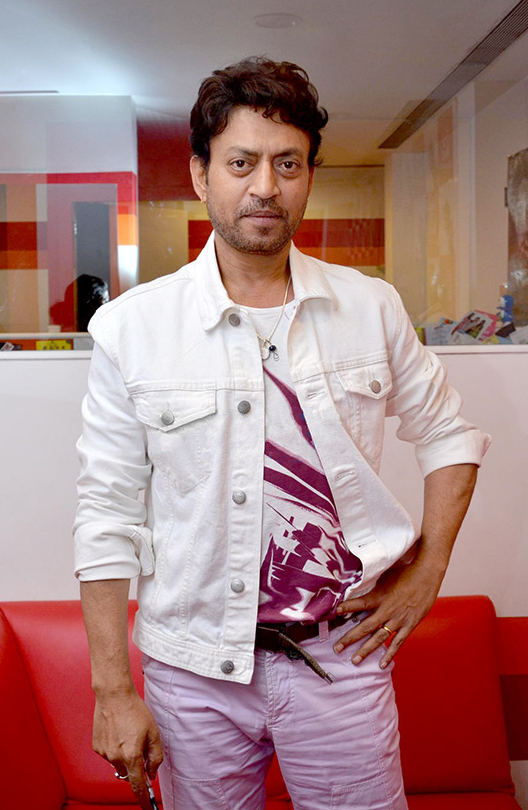3 Minute Quick Read.
[Image Source: Wikipedia ]
Irrfan Khan passed away just at 53. (29 April 2020).
Tributes from all over
the world are pouring, and rightly so.
He rocked not only
Bollywood but also Hollywood flicks.
A very few Indian actors to do so.
His work is admired by
likes of Tom Hanks too, calling him “The coolest guy in the room”.
His filmography shows a lot of films, television, and video
games.
I distinctly remember
watching him in “Kamla
Ki Maut” in Pune’s Deccan
theatre.
(Seems there is debate
on whether his first film is Salaam Bombay or Kamla Ki Maut. Though I
have watched both, I remember him only for Kamla Ki Maut.)
I searched YouTube and
found his Salaam
Bombay work too.
Those were engineering
college days; the movie was either Matinee or Morning show. And low on ticket
cost for student days. My friends mocked me after the movie for this choice.
Movie had no dance sequence, fights, chase-scenes, or any other typical
Bollywood Masala. But still, Irrfan khan made the place in my heart somewhere.
Afterward, I watched his
lot of movies, Hindi mainstream, offbeat, and even English movies. As of
today, out of his filmography, I have seen his 24 movies. In almost every movie
his acting and role were outstanding. And I will continue watching his
films.
But the movie that
deeply touched my heart and I will like to watch anytime again is “The Lunchbox”.
It is a subtle platonic
love story, unfolding slowly through letters.
It has no sexual tones of any kind.
The duo never meets in the film – And protagonist Irrfan’s last
letter concerning the heroine more than oneself, takes the movie to great
heights.
In my humble opinion, it is probably the greatest love story
made in Indian Cinema. No wonder it is highly acclaimed and won a large number of
accolades all over the world.
Here is a brief trailer
of “The Lunchbox”.
For a current Socially isolated & distressed times, It is perfect film to watch, and a tribute to great actor!
[Video Source: YouTube ]








